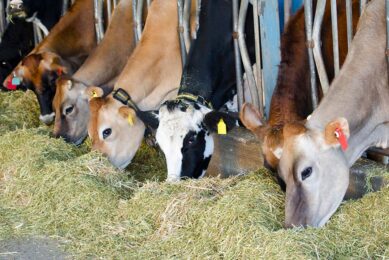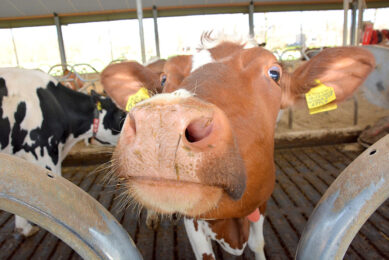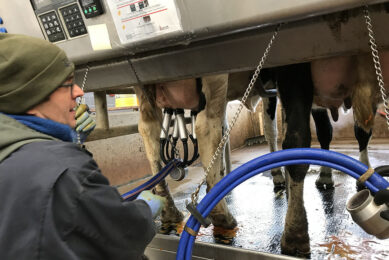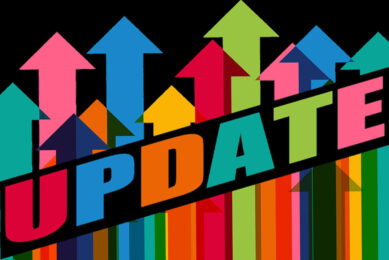Labour cost savings with new milk meter calibration software
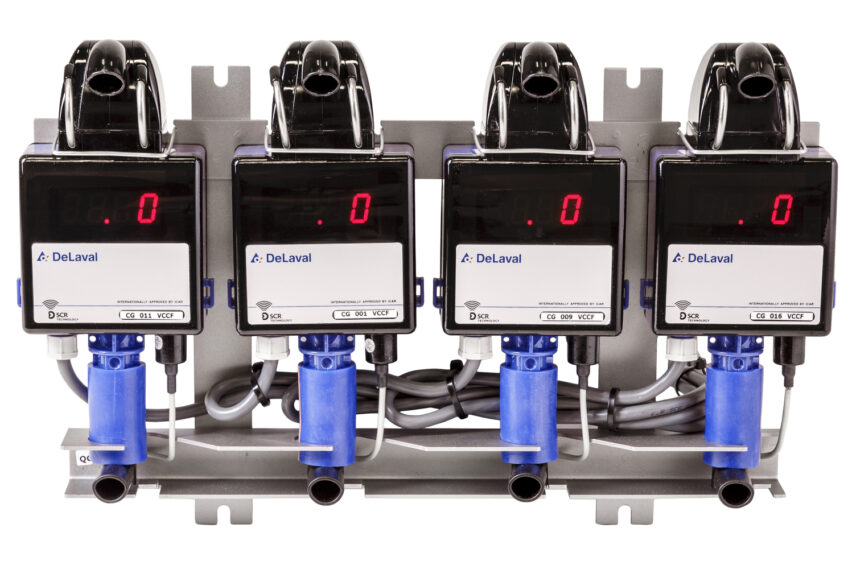
DeLaval has introduced a new method for calibrating milk meters with software in conventional milking systems that provides significant time-savings: more than 90% in some cases, compared to traditional methods.
A survey recently presented at the 2015 ICAR Technical Workshop in Krakow showed that the users see many different benefits with the new method. The new method is based on combining data from Herd Management software with receipt information from bulk tank volumes and it was certified by ICAR in December 2013. The older system of manual bucket milking tests is both slower and less accurate.
Savings in labour costs
The survey presented at the 2015 ICAR Technical Workshop covered the experience of using the method in 8 farms in 4 countries: Sweden, the Netherlands, France and Germany. The farms tested ranged in size from an 80-cow operation to a herd of 1,100. The number of milking meters varied from 16 to 60 pieces. The most significant feedback from all farms was savings in labour costs. A Swedish double-12 parlour farm reported that the labour costs over a 5 year period, including initial calibration, installation test and routine checks, could be reduced by more than 90%. In Germany, a rotary farm claimed the labour savings for initial calibration and installation tests was 4 man-days, while Dutch and French farms in the survey reported saving between four and eight bucket milkings per milk meter.
Milking routines not interrupted
Also, since the calibration and testing is calculated in the software, the milking routines don’t get interrupted meaning that the farms can stay running at full capacity and the cows aren’t disturbed. “Servicemen also appreciate that this new method for improving their working conditions. Traditionally, they needed to collect 15 to 25 kilos of milk in a bucket for calibration. Carrying those kind of weights is not ideal for anyone,” says Olle Selander, Product Manager at DeLaval. This new method requires an ID system; a requirement for all herd management software.



